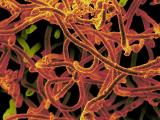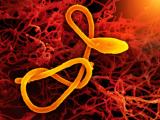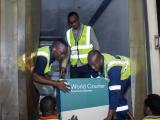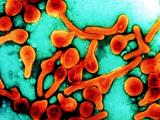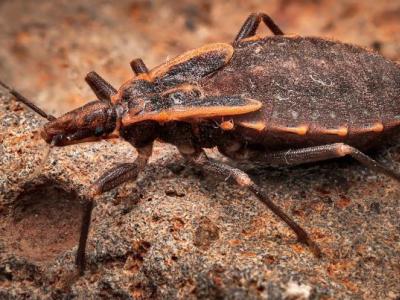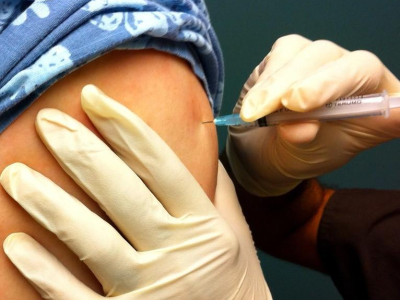Aug 9, 2006 (CIDRAP News) – The number of deaths in a Crimean-Congo hemorrhagic fever (CCHF) outbreak in Turkey has increased to 20, with a total of 242 cases, the World Health Organization (WHO) reported yesterday.
Since WHO's last update on the outbreak on Jun 30 there have been 92 new cases and 9 new deaths. One of the fatalities involved a healthcare worker who acquired the infection while treating a patient with CCHF.
Lab-confirmed cases were reported in 22 Turkish provinces, though most were reported from six northeastern provinces of Kelkit Valley: Tokat, Sivas, Gumushane, Amasya, Yozgat, and Corum.
A Jul 10 WHO update on CCHF said most of the patients who were evaluated for the disease had been infected through tick bites. Contact with the blood of infected livestock can also transmit the virus.
CCHF is a viral hemorrhagic fever caused by Nairovirus organisms of the Bunyaviridae family. The disease is primarily a zoonosis; sporadic cases and outbreaks do occur in humans. The disease in humans is severe and has a high mortality rate. (The case-fatality rate in the current outbreak is 8.3%, according to the WHO.) CCHF is endemic in many African, European, and Asian countries.
In an advisory for travelers, the European Centre for Disease Prevention and Control (ECDC) said no cases have been reported from popular tourist resorts on Turkey's Mediterranean coast. The ECDC said the number of cases in 2006 suggests increased viral activity in the area; however, they added that detection and diagnosis of CCHF have improved. In Turkey, CCHF in humans was first documented in 2002.
A note posted today on ProMED-mail, the online reporting system of the International Society for Infectious Diseases, said the death of the healthcare worker serves as an important reminder that those treating suspected CCHF patients should take proper infection control precautions during their exposure to infected patients. Nosocomial infection risk is highest in the early stages of a patient's infection.
The Turkish Ministry of Health is continuing control measures, which include enhanced nationwide CCHF surveillance. The WHO Country Office in Turkey and the WHO Regional Office for Europe are closely monitoring CCHF activity in the country.
See also:
Aug 8 WHO update on CCHF outbreak in Turkey
http://www.who.int/csr/don/2006_08_08b/en/index.html
WHO fact sheet on Crimean-Congo hemorrhagic fever
http://www.who.int/mediacentre/factsheets/fs208/en/
Aug 9 ProMED-Mail posting on CCHF in Turkey
CIDRAP overview on viral hemorrhagic fever
http://www.cidrap.umn.edu/cidrap/content/bt/vhf/biofacts/index.html
